Chewing Gum Making Process | JCT Machinery
 Dec 21,2023
Dec 21,2023

 JCT
JCT
1. Preparation of Raw Materials
The main raw materials of chewing gum include colloidal base, sweeteners, flavors, pigments, etc. The quality of raw materials must meet standard requirements.
2. Preparation of Colloidal Base Material
Colloidal base is the main component of chewing gum, and it can be divided into two types: natural colloidal base and synthetic colloidal base. Natural colloidal base materials usually use gum or rubber as raw materials and are obtained after refining, filtration and other processes. Synthetic colloidal base materials are obtained through chemical synthesis. Whether it is a natural colloid base material or a synthetic colloid base material, it needs to go through a series of processing techniques, such as dissolution, filtration, degassing, etc., to ensure its quality and stability.
3. Ingredients and Mixing
After the colloidal base material is prepared, sweeteners, flavors, pigments, etc. need to be added to the colloidal base material according to the formula requirements of the chewing gum. The amount and order of adding these ingredients need to be strictly controlled to ensure that the texture and taste of the chewing gum meet the requirements. Then mix the colloidal base and ingredients thoroughly with sigma mixer to make it a homogeneous paste.
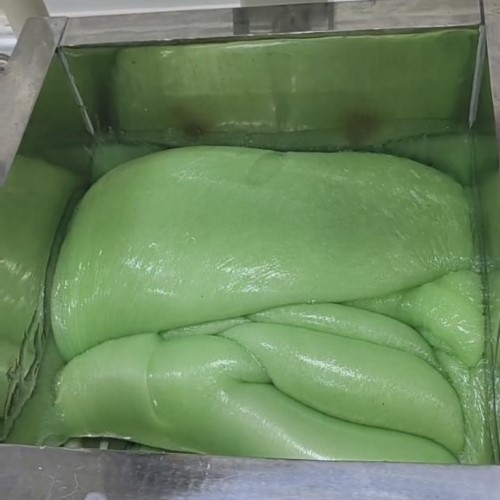
4. Shape and Molding
The shaping and forming of chewing gum is a key link in the entire process. Chewing gum can be shaped by molding or extrusion. Molding means placing the mixed paste into a mold and applying pressure to shape it. Extrusion is the process of extruding the mixed paste through an extruder to form long strips of chewing gum. The temperature and pressure need to be controlled during this process to ensure the appearance and quality of the chewing gum.
5. Sintering and Drying
Chewing gum requires sintering and drying processes after molding. Sintering refers to heating chewing gum at a certain temperature to harden the surface and increase the toughness and elasticity of the chewing gum. Drying is to dehydrate chewing gum at a certain temperature and humidity to remove excess water and make the chewing gum reach the required moisture content.


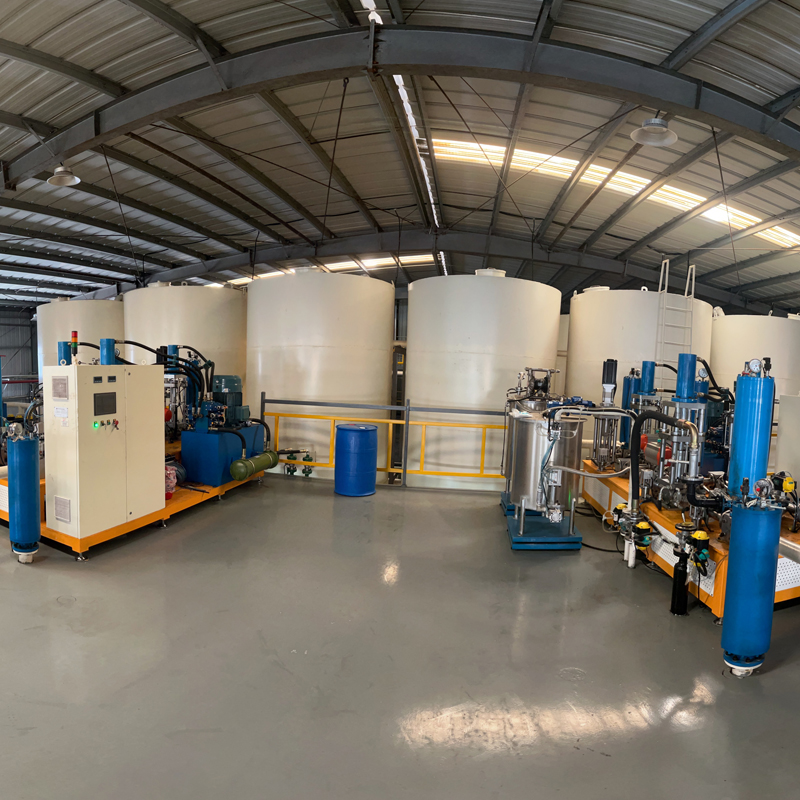

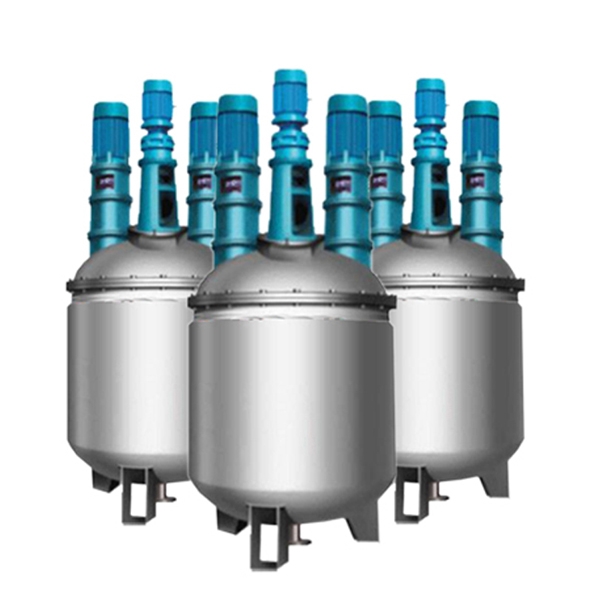
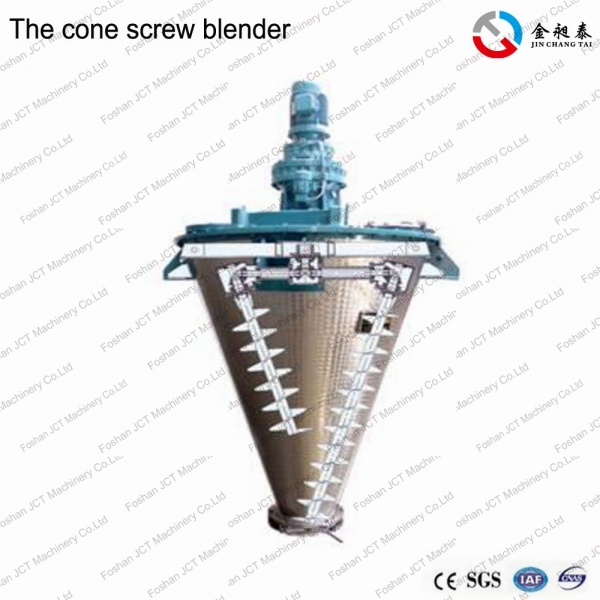


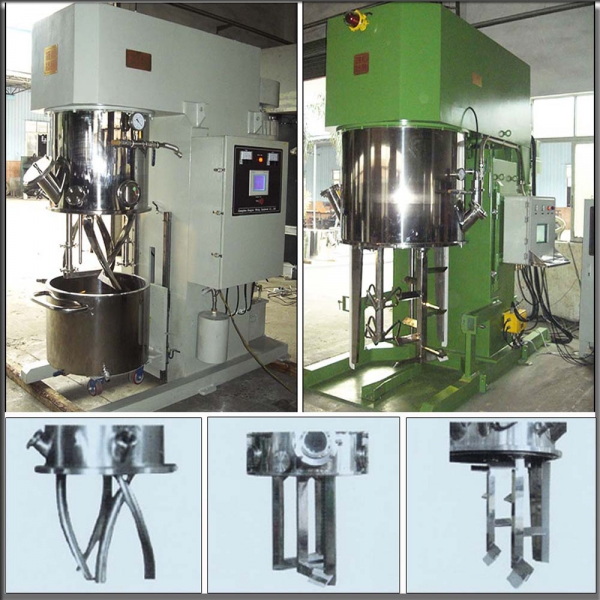







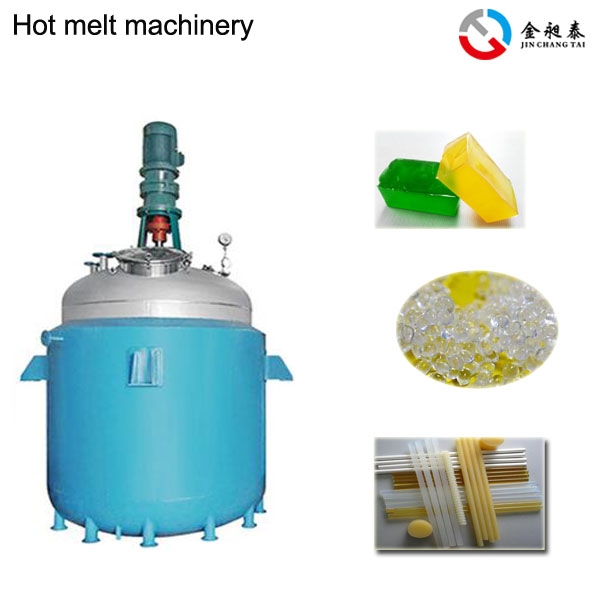
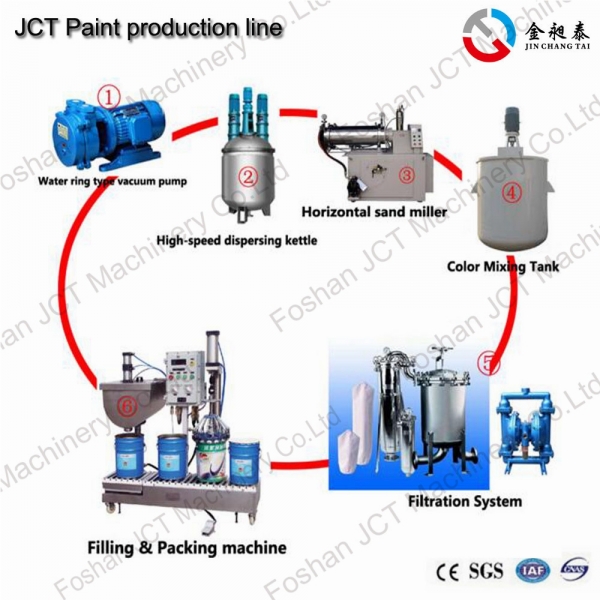
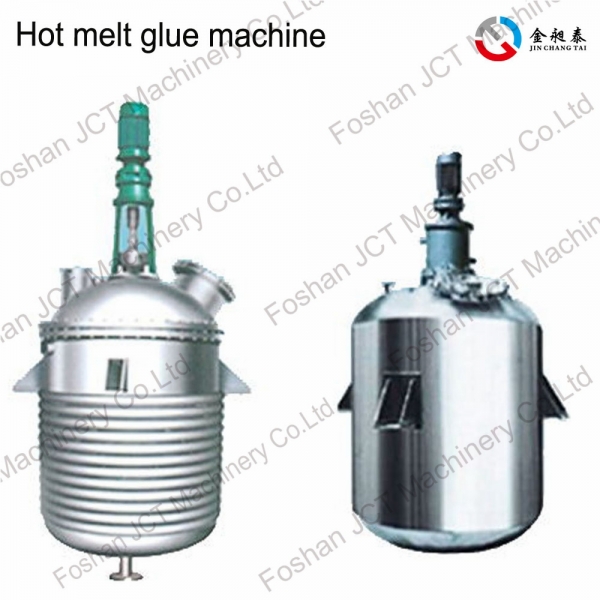
 CN
CN
 HOME
HOME Precautions For Using High Speed Disperser | JCT Machinery
Precautions For Using High Speed Disperser | JCT Machinery  You May Also Like
You May Also Like
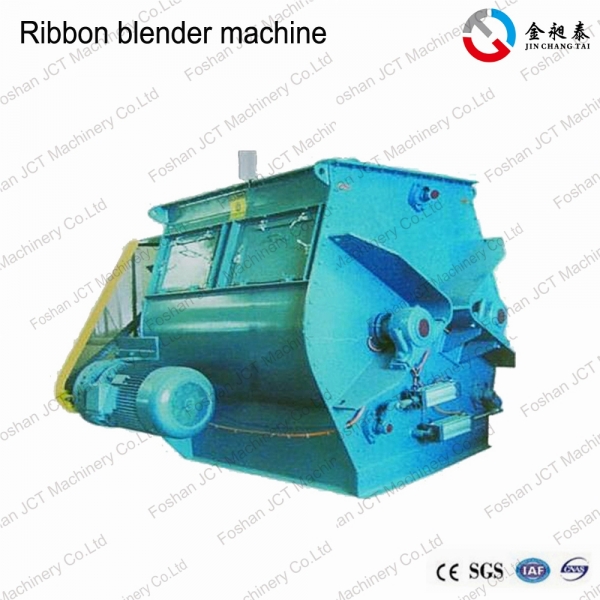

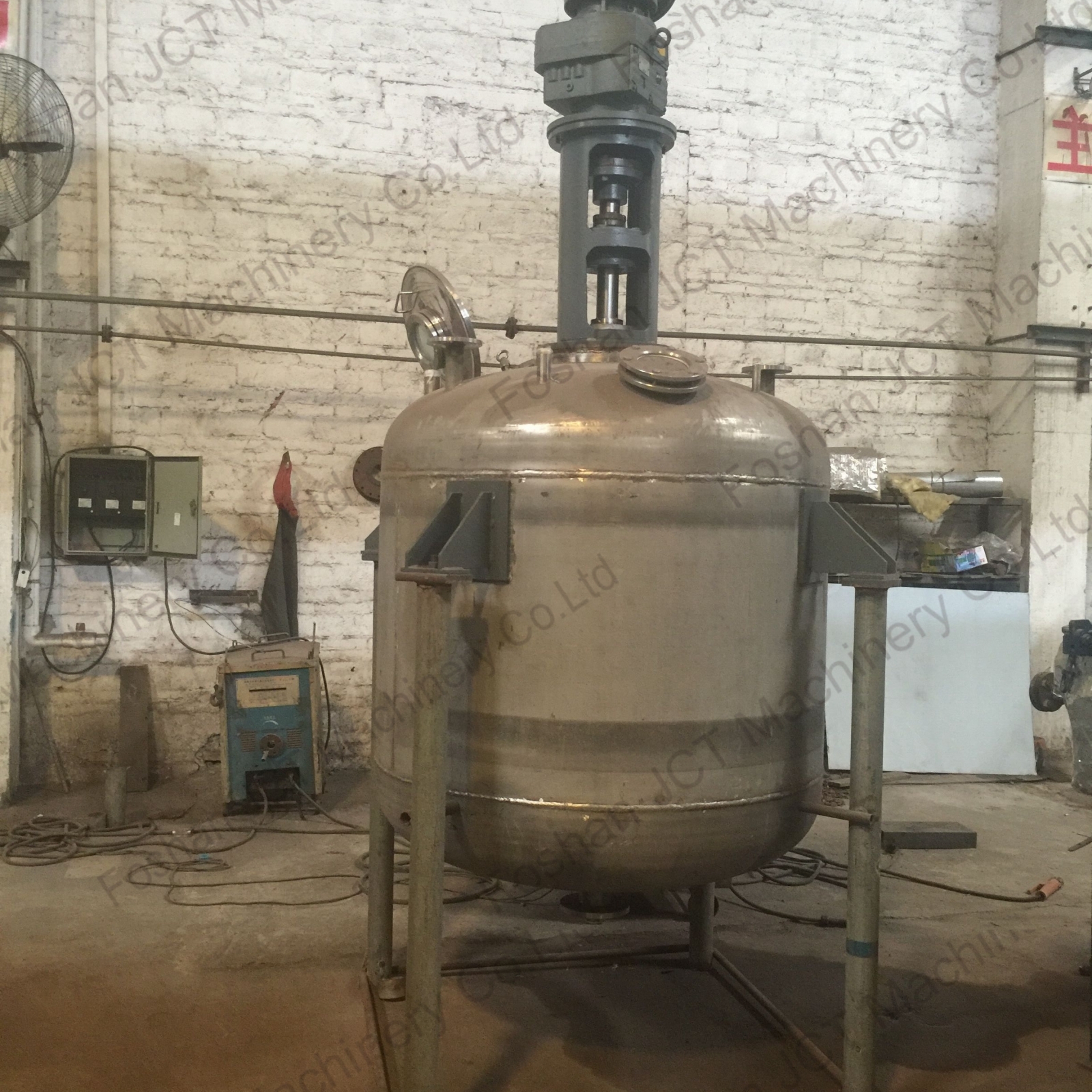


 Tel
Tel
 Email
Email
 Address
Address










